What is brand storytelling and how to use it?

- What is brand storytelling
- How a brand can use storytelling
- How to make up a great brand story
- How to make up a brand story
- Study your brand audience before storytelling
- Don’t forget to tell about your brand in your stories
- Best brands' stories for your inspiration
- Apple example
- Airbnb example
- The bottom line
Brand storytelling is a way to provide information about your brand in the form of a story. With this way to present, users will remember about you more and for longer.
Stories work when they are related to users and make them sympathize. That’s because a user better understands and remembers things that are connected to them somehow or raise emotions in them.
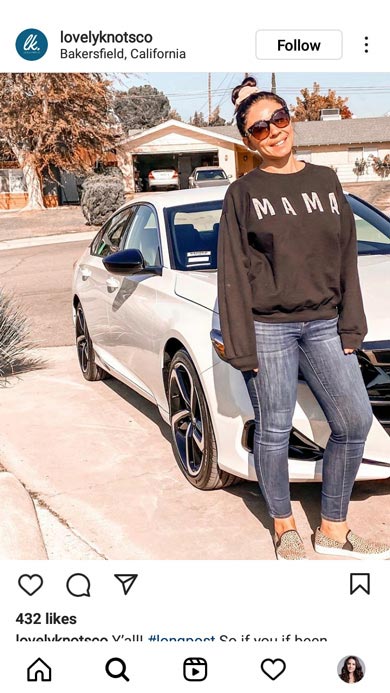
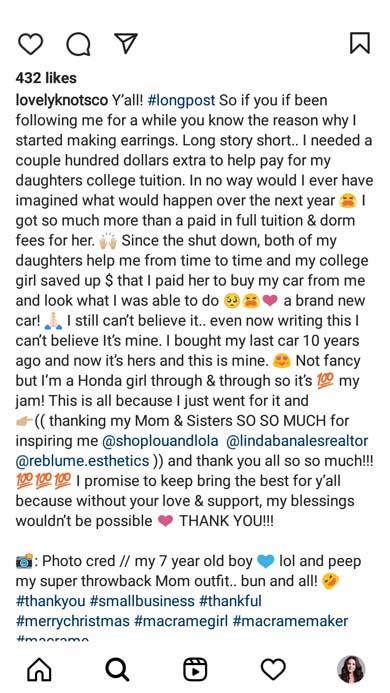
Assume, you want to increase your brand’s awareness and authority. You are going to do this by telling about your recent score-breaking number of sales. A post on Instagram dedicated to the wrap-up will not get much attention.
It’s different when you describe nor merely the final waypoint, but the process as well. Watching a dynamic picture is way more interesting and engaging than watching a static picture. Tell users an engaging story about how your brand has increased the sales. Then, your post summarizing the year results has more chances to get high reach and many likes.
You can tell brand stories in a video, text, series of photos, or audio. That’s why brand storytelling is possible on any social media platform, and even in an email newsletter.
You can post your brand stories yourself or pay bloggers to advertise you. Include brand storytelling in your social media content calendar. Thus, you will solve the problem of "don’t know what to post". When other bloggers tell the followers about you in their accounts, more people become aware of your brand.
Brand storytelling can describe:
- Real history of your brand.
- Single facts.
- A company’s policy.
- Products and services.
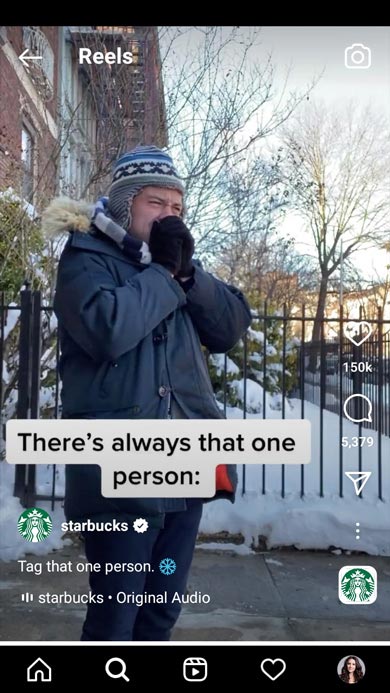
Telling a brand story on the internet doesn't require outstanding or special social media writing skills. Follow our simple guide and you’ll make it!
You may think up an imaginary brand story or describe a real event. Anyway, make sure you have:
- The main character. Your brand story can be about a person, animal, or even an imaginary creation. Give your character feelings, emotions, and thoughts, and assign personality traits.
- Background. Describe the situation at the beginning of your brand storytelling. This is the circumstances that the main character is in. They will explain the events and characters' motivation during the story.
- The problem. There can’t be a story when everything’s good. Find a problem for your character so that you have something to describe.
- The solution. The problem in your story must be solved. And your brand should contribute to the happy end.
Finish telling a brand story with call to action when it is appropriate. For example, you describe a situation when your coffee saved someone’s morning because your place opens earlier than your rivals’ spots. Then, you can appropriately invite users to your coffee shop. Give them a link to the map with your location tag or a link to a discount coupon.
We recommend that you always send users to your bio for the link after telling a brand story. This is where they will find it easily. This increases chances they will buy and book.
Now you may have a question — how can you give both a link to the map and to the coupon if only one clickable link in bio is allowed? We have the answer — use a free link in bio tool. It allows you to put a longer text to your Instagram bio and add multiple links.
Here is what a link in your bio can look and the page it can lead to:
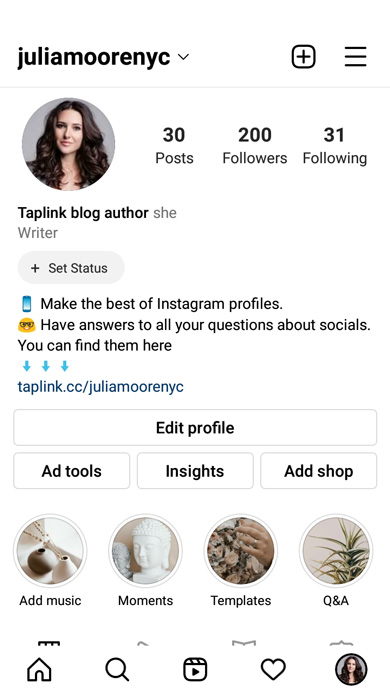
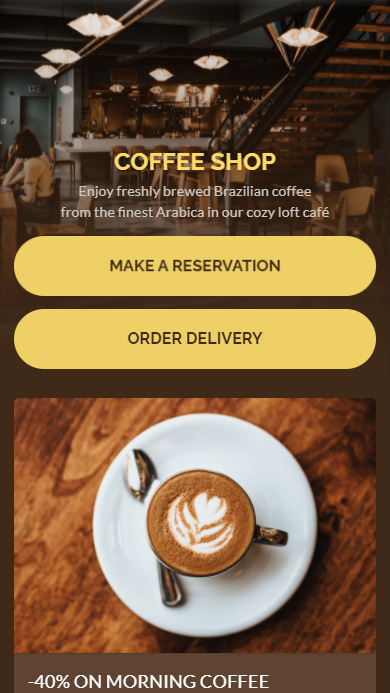
If you like this Coffee shop page, follow this link. After a sign-up, you get the page template. Use it to create a similar page for your bio in less than 10 minutes.
Motivation and actions of the main character that you use in brand storytelling should be clear to your audience. It should associate itself with the character, understand and agree that the actions are right and reasoned. Let's see how you can know what your audience is like.
Accounts’ statistics on social media is where you start studying your audience. Read more about your followers Insights on Instagram. Pay attention to the gender, age, location, interests.
When you know the parameters of your audience, you can find words and examples for your brand storytelling that are relevant to this group of people. Don’t use references to old films when you tell a story to teens. They are unlikely to understand them. But they will love your references to Marvel in your storytelling.
Associations and brainstorming help to create a portrait of an average user from your audience. For example, your brand sells tents. It means, your followers probably often go hiking or fishing, or at least often go to the countryside. Overall, they are nature-lovers, so you may focus on nature in your brand storytelling.
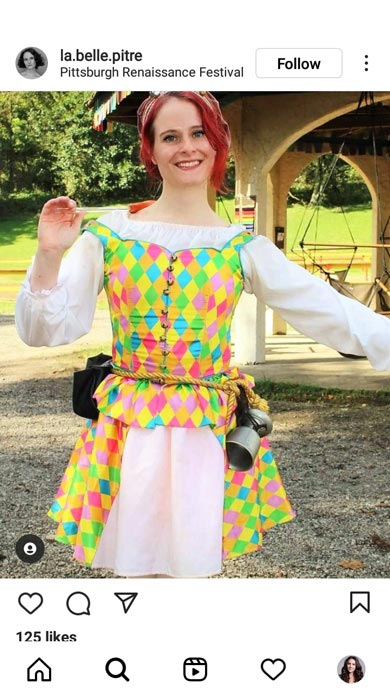

Learn what your audience thinks about popular things. So you can refer to these things when telling a brand story and get a positive audience response.
Post polls and surveys asking about a particular problem or situation. You can also read the comments in your or your rivals' social media accounts. If you have a lot of spare time, you can even peer into the comments in your followers' accounts.
For example, you see that users criticize the latest actions of a popular celebrity. Then, you obviously should not ask this person to tell their followers about your brand. Nor should you invite him or her to film a video for your brand's account.
Don’t let your wild imagination make you forget about the purpose of brand storytelling. You are creating a narrative to gain followers, increase brand awareness and sales. Make sure the story is beneficial to your brand.
For example, you want to post a video about an animal in a nature reserve as a part of your marketing strategy on TikTok. Don’t forget to show how your company helps it and other habitants in your brand storytelling. Videos like this show that your brand cares about nature. Thus, you make your reputation better.
Or, let’s assume, you write a brand story about a person who’s got in really hot water as a script for your next YouTube video. Make sure you clearly explain how your product helps to solve the situation. If a user sympathizes with the person, they will buy your product in the same situation. They also may buy it now to avoid the situation later. Don’t forget to add a call to action and share this YouTube video in your social profiles so that users can buy your product.
We told you what brand storytelling is and how a brand can use it. In the end, we want to give you a couple of examples made by big brands.
Let’s watch iPhone 7 ads as the first example of brand storytelling. In this video, Dwayne "The Rock" Johnson saves the day. He manages his own plans and helps others. In this video, Dwayne’s been in many roles, like a family man, pilot, and an artist. The schedule is tight, as you see. He easily handles it with the help of Siri — an intelligent voice assistant on iOS.
Airbnb also has a YouTube channel. There you can watch brand storytelling videos about traveling. For example, there is a video about Japanese culture. The main character tells the viewers that he wants to show it to others. The brand can contribute to it since it’s a platform for providing and searching for lodging.
Stories draw more attention and are remembered for longer. You can post them yourself or pay influencers for advertising. Thus, brand storytelling will help you to gain followers, increase reach, engagement, and sales.
If you want to create a good brand story, you should understand your audience. Learn what it likes and what it doesn’t like, what they can relate to. Then you will make up a story that raises emotions. Add information about your brand, and users will remember it.
If your goal is increasing sales, put your micro landing link in the bio. Mention it whenever you can, for example, write "Link in bio" in your posts.